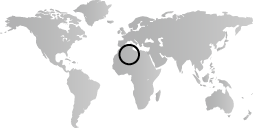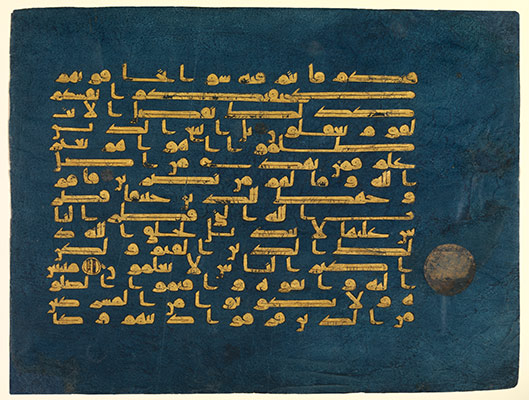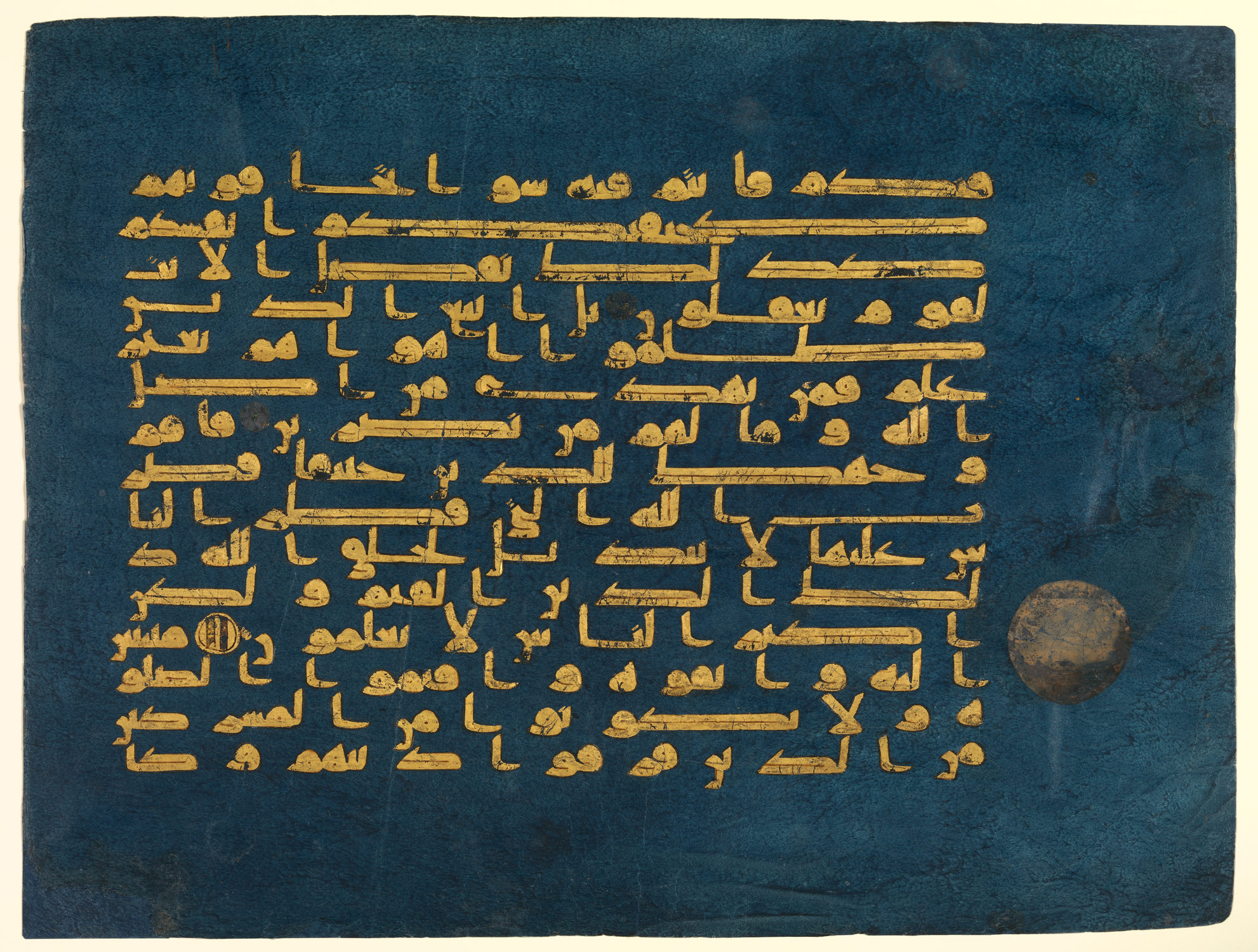Byzantine forces invade the Christian Vandal kingdom in the sixth century; Arab conquests follow in the seventh. By the tenth century, however, local dynasties such as the Fatimid (909–1171) in the eastern Maghrib gain control. Close contacts with Islamic Spain and trans-Saharan trade bring wealth to the region.
Western North Africa (The Maghrib), 500–1000 A.D.
Timeline
500 A.D.
625 A.D.
EAST (LIBYA, TUNISIA)
WEST (ALGERIA, MOROCCO)
625 A.D.
750 A.D.
EAST (LIBYA, TUNISIA)
WEST (ALGERIA, MOROCCO)
750 A.D.
875 A.D.
EAST (LIBYA, TUNISIA)
WEST (ALGERIA, MOROCCO)
875 A.D.
1000 A.D.
EAST (LIBYA, TUNISIA)
WEST (ALGERIA, MOROCCO)
Overview
Key Events
-
500
North Africa is in the hands of Vandal rulers, adherents of a form of Christianity called Arianism. The Vandals are few in number, however, and rely on the Romanized African elite to maintain local institutions. The Western Church based in Rome remains powerful, with the Latin language dominant. Cities founded under Roman rule begin to lose vitality as the urban population dwindles and civic buildings fall into disrepair. Artists continue to work in the styles current before the Vandal invasions.
-
533
The Byzantine commander Belisarius leads an army into North Africa and conquers it for Emperor Justinian I within a year. An edict of 535 establishes the power of the church of Rome over the region, although disputes persist over matters of doctrine and leadership. The Byzantines assert their rule by restoring some North African cities and even building new churches, for example, at Leptis Magna and Timgad (ancient Thamugadi). Nomadic raiders on the margins of their domain, however, present a constant threat. The Byzantines dismantle the ruins of cities near the border and reuse the stones in defensive fortresses.
-
644–656
Muslim Arab armies, under the reign of the Rightly Guided Caliph ‘Uthman ibn ‘Affan, launch raids into and conquer parts of North Africa.
-
670
Under the leadership of Arab warrior ‘Uqba ibn Nafi‘, Muslim armies fight local Berber tribes and conquer an area stretching from present-day northern Tunisia to Tangier (ancient Tingis) in Morocco, establishing the Umayyad dynasty in North Africa. Ibn Nafi‘ founds the city of Kairouan (Qairawan, Tunisia).
-
800
Sijilmasa (in present-day Morocco) is founded as the departure point for caravans between North Africa and the western Sudan.
-
836
The Great Mosque of Qairawan is built (with additions 862, 875, and later) by the Aghlabids (800–909), a dynasty that recognizes Abbasid suzerainty. Although this monumental mosque’s architecture reflects the influence of Umayyad Damascus and Abbasid Iraq, various elements, such as the building’s T-shaped plan, are distinctly Maghribi.
-
909
The Fatimid dynasty, an offshoot of a Muslim Shi‘i sect from North Africa, takes Tunisia from the Aghlabids. The rulers claim descent from Muhammad’s daughter Fatima and thus present a challenge to the authority of the orthodox Sunni Abbasid caliph.
-
912 and 947
The first two Fatimid capitals established in North Africa are al-Mahdiya (912) and al-Mansuriya (947). The former is on the Mediterranean coast (in Tunisia), while the latter, designed as a round city, refers to the circular plan of Abbasid Baghdad, the “city of peace” (madinat al-salam).
-
969–1052
Following the Fatimid conquest of Ikhshidid Egypt in 969 and the establishment of the newly founded city of Cairo as the Fatimid capital in 973, direct Fatimid rule of the Maghrib comes to an end. Until 1152, the Zirids and Hammadids, two Berber dynasties, rule Tunisia and eastern Algeria as Fatimid vassals.
Citation
“Western North Africa (The Maghrib), 500–1000 A.D.” In Heilbrunn Timeline of Art History. New York: The Metropolitan Museum of Art, 2000–. http://www.metmuseum.org/toah/ht/?period=06®ion=afw (October 2001)
Related
Map


